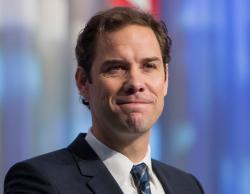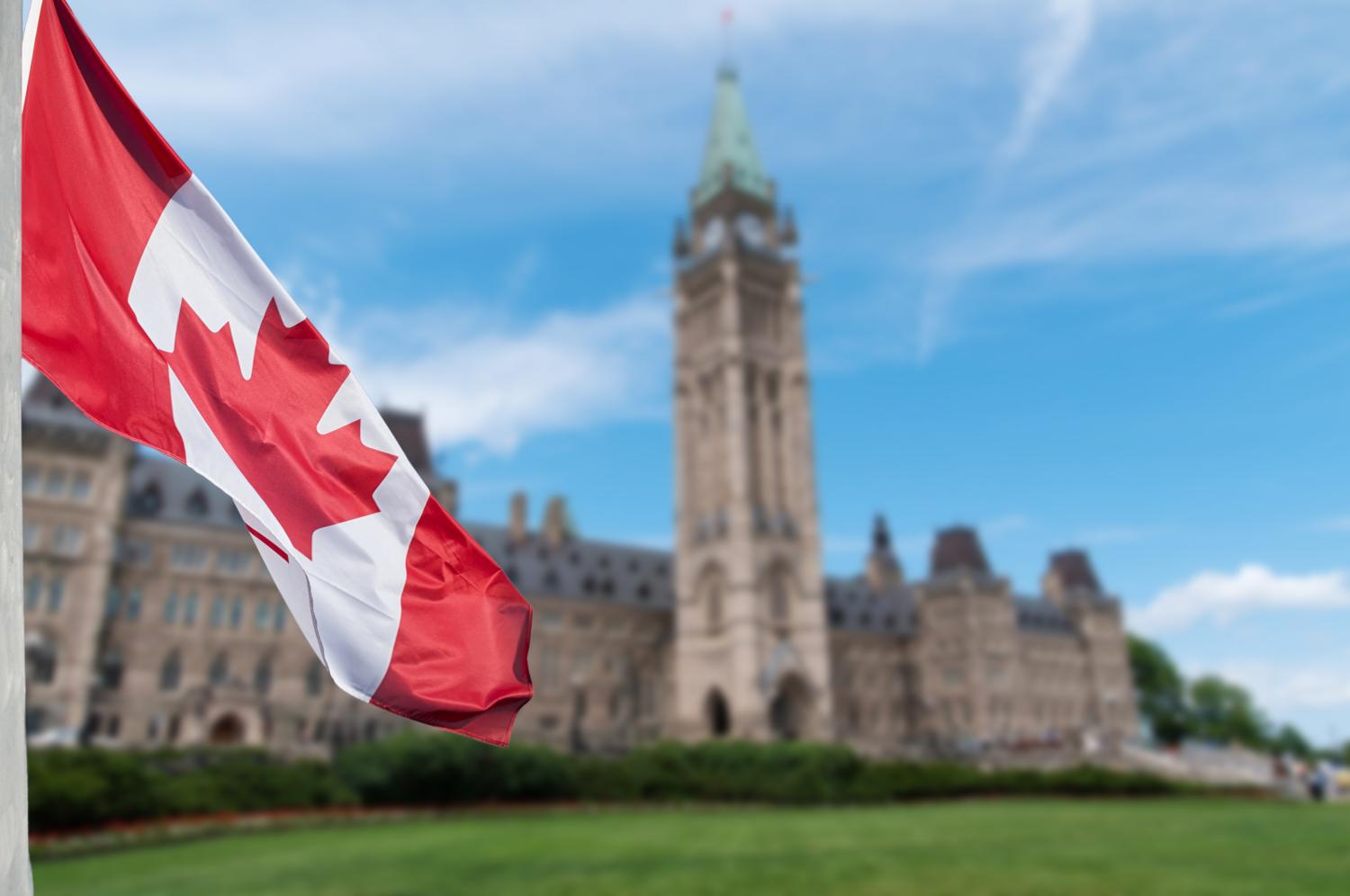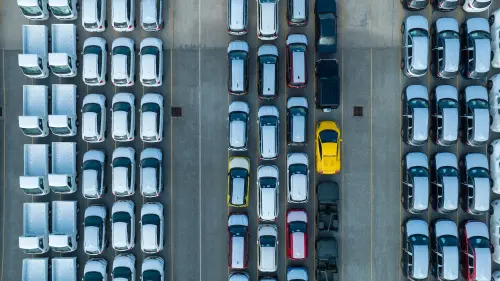This essay is part of “The SDG second half: Ideas for doing things differently.”
Since they were first adopted in September 2015, the Sustainable Development Goals (SDGs) have provided Canadians with a uniquely universal, non-partisan opportunity to tackle intersecting challenges like social exclusion, climate change, economic prosperity, and reconciliation with indigenous people. Conceptually, they offer a unifying “North Star” that speaks to the wellbeing of the entire society, from coast to coast to coast. In practical terms, they offer a common framework for disparate sectors, communities, and levels of government to jointly track progress and galvanize actions at home and abroad.
As the world marks the midpoint to the 2030 SDG deadline, Canada can take advantage of renewed attention to the goals to turbocharge its approaches.
For its part, the Canadian federal government has taken a range of steps toward implementation. Ottawa produced a first Voluntary National Review in 2018, a National Strategy in 2021 with a whole-of-society focus, and the first annual national progress report in 2022. Prime Minister Justin Trudeau now co-chairs the U.N.’s SDG Advocates group. Key issues like child poverty, climate policy, and ocean protection have registered important national gains.
In parallel, the SDGs have gained bottom-up traction in a growing number of constituencies across the country. Community foundations are using the SDGs to track progress on quality-of-life indicators. Cities have started to adopt “voluntary local reviews” of progress. Universities and colleges, spurred in part by SDG “Impact Rankings,” have embraced the goals to shape research, teaching, and cross-disciplinary efforts.
Overall, however, the SDGs remain under-leveraged, under-powered, and under-reported in Canada. The goals are often mentioned in policy announcements but not embedded in plans. Provinces and territories are largely missing in action on the goals, and private sector attention remains limited. There are no clear mechanisms for citizens to track how their own community is doing, let alone figure out how to contribute. These gaps are consistent with the Auditor General’s 2021 finding that “much work remained to be done to enable national collaboration” on the goals.
Five practical actions could help the Government of Canada play a catalytic role in renewing national SDG ambitions:
- Deploy the federal government’s unique abilities to convene and connect diverse national actors. To start, the Prime Minister can mirror his global SDG champion role with a parallel advocacy effort at home. The government could appoint a cross section of respected societal leaders as Canada’s own SDG Advocates. It could further convene, in conjunction with indigenous, community and other leaders, an annual Canadian national SDG summit, with the first one held in the lead up to the U.N.’s official SDG midpoint summit this September. Such a convening could use a 17 Rooms format to forge “next step” action coalitions across the country.
- Drive attention toward results by integrating SDG metrics into all major policy initiatives and launching a high-profile, citizen-friendly, online SDG data dashboard. Public sector initiatives need clear yardsticks to measure contributions toward national and global SDG progress. An overarching SDG benchmarking interface is essential to inform media scrutiny, public engagement, and research mobilization. Every ministry, business, household, and school classroom should be easily able to track SDG progress and gaps in their own communities.
- Create sustained public spotlights on SDG debate, learning, and accountability. The Parliament of Canada could create an official SDG Committee or set a yearly dedicated week for SDG debates. Each year, this could highlight a different cross-cutting constituency or nexus issue. The federal government could sponsor regular SDG-focused, problem-solving sessions in collaboration with the Federation of Canadian Municipalities. The Auditor General could be asked to table an annual SDG report card, all the way out to 2030.
- Focus on course corrections where Canada needs acceleration or breakthroughs. Canada is succeeding on some SDGs while lagging on others. The government can help drive attention to where the country is off track domestically (e.g., clean drinking water for all); where domestic actions disproportionately affect global outcomes (e.g., coastal marine conservation); where the country is off track to meet global commitments (e.g., greenhouse gas emissions); and where Canada can make a distinctive global contribution (e.g., indigenous-led natural climate solutions).
- Prioritize global public investments and policy leadership. Canada’s investments in global sustainable development fall below its peer country average. At a time when needs are urgent and growing, Canada can scale up investments through official development assistance, promote other forms of development finance through FinDev Canada, and target actionable research innovations through IDRC. Policywise, a leadership stance on public investments can position Canada to play an outsized role in budding efforts to revamp major multilateral institutions, including the World Bank.
These concrete actions could quickly help empower the societal leadership and collaboration Canada needs to make a step change in SDG progress. When Canada falls short on the SDGs, it is both the country’s loss and the world’s loss. Raising Canada’s SDG ambition can help forge a better path to sustainable development for all.
Disclosure: Both authors are former board governors of IDRC. Margaret Biggs is a member of FinDev Canada’s Advisory Council.
The Brookings Institution is committed to quality, independence, and impact.
We are supported by a diverse array of funders. In line with our values and policies, each Brookings publication represents the sole views of its author(s).





